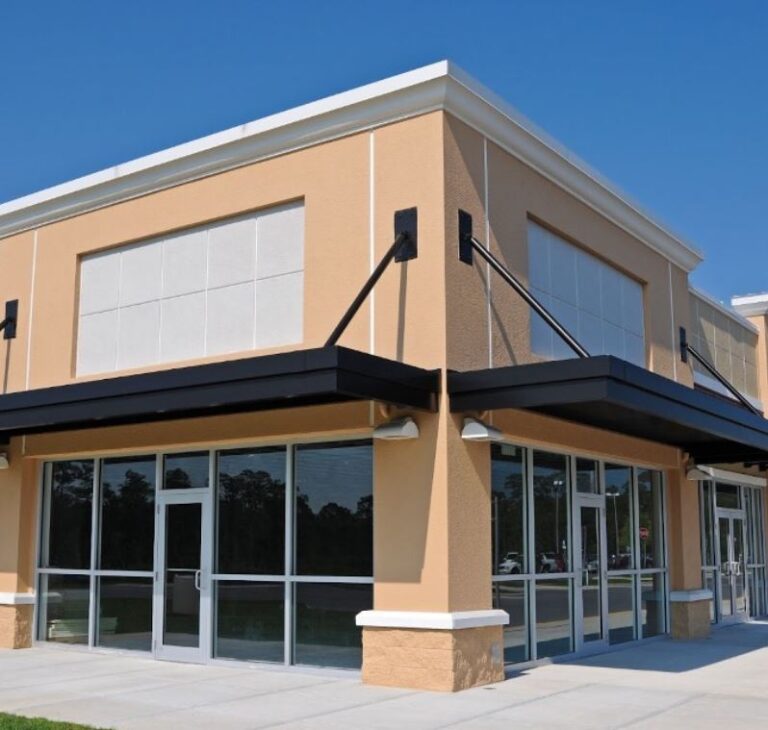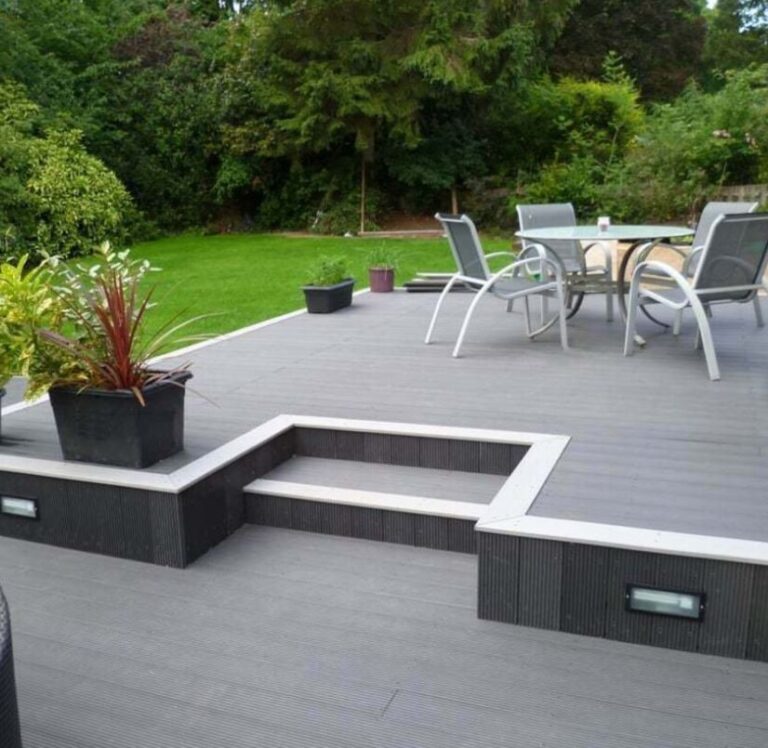How to Choose and Install French Doors: A Complete Guide
French doors add elegance, natural light, and functionality to any home. Whether you’re looking to enhance your indoor-outdoor living space or simply want to upgrade your interior aesthetics, choosing and installing French doors requires careful consideration.
In this comprehensive guide, we’ll cover:
- Benefits of French Doors
- Types of French Doors
- Materials and Styles
- How to Choose the Right French Doors
- Step-by-Step Installation Guide
- Maintenance Tips
By the end, you’ll have all the knowledge you need to select and install the perfect French doors for your home.
1. Why Choose French Doors?
French doors are a timeless addition to any home, offering both beauty and practicality. Here’s why they’re a great choice:
Aesthetic Appeal
- French doors feature large glass panels that create an open, airy feel.
- They enhance natural light, making rooms appear brighter and more spacious.
Versatility
- Ideal for patios, gardens, balconies, and interior room dividers.
- Available in various styles, from traditional to modern.
Improved Home Value
- High-quality French doors can increase property value by improving curb appeal and energy efficiency.
Better Ventilation & Space Efficiency
- Swinging doors allow for maximum airflow when fully opened.
- Unlike sliding doors, French doors don’t take up extra space when in use.
2. Types of French Doors
Before purchasing, consider the different types of French doors available:
A. Interior vs. Exterior French Doors
- Interior French Doors – Used between rooms (e.g., living room to dining room). Often have lighter frames and may include decorative glass.
- Exterior French Doors – Designed for patios and backyards. Made with weather-resistant materials and often double-paned for insulation.
B. Inswing vs. Outswing Doors
- Inswing – Opens inward (common in homes with limited outdoor space).
- Outswing – Opens outward (better for small interiors but may require additional weatherproofing).
C. Single vs. Double Doors
- Single French Door – One door panel, ideal for smaller openings.
- Double French Door – Two panels that meet in the middle, offering a grander entrance.
3. Materials & Styles
The material you choose affects durability, maintenance, and cost.
A. Wood
✔ Pros: Classic look, customizable stains/paints.
✖ Cons: Requires regular maintenance (painting, sealing).
B. Fiberglass
✔ Pros: Durable, energy-efficient, low maintenance.
✖ Cons: More expensive than vinyl.
C. Vinyl
✔ Pros: Affordable, weather-resistant, low upkeep.
✖ Cons: Limited style/color options.
D. Aluminum
✔ Pros: Sleek modern look, strong, good for large glass panels.
✖ Cons: Poor insulation, can dent.
Glass Options
- Clear Glass – Maximizes light and visibility.
- Frosted/Textured Glass – Adds privacy.
- Double/Triple Glazing – Improves insulation and noise reduction.
4. How to Choose the Right French Doors
A. Measure Accurately
- Measure the width, height, and depth of the door frame.
- Standard sizes:
- Single door: 30″–36″ wide.
- Double doors: 60″–72″ wide.
B. Consider Energy Efficiency
- Look for Energy Star-rated doors with low-E glass.
- Ensure proper weatherstripping to prevent drafts.
C. Check Security Features
- Multi-point locking systems.
- Tempered or laminated glass for safety.
D. Match Your Home’s Style
- Traditional homes: Wood doors with divided lites.
- Modern homes: Slim-frame aluminum or fiberglass.
E. Budget Considerations
- Vinyl: 500–500–1,500
- Wood: 1,000–1,000–4,000
- Fiberglass/Aluminum: 1,500–1,500–5,000
5. Step-by-Step French Door Installation Guide
Tools You’ll Need:
- Tape measure
- Level
- Screwdriver/drill
- Shims
- Caulk & weatherstripping
- Hammer & nails
Installation Steps:
Step 1: Remove the Old Door (If Applicable)
- Carefully detach hinges and trim.
- Clean the opening and check for structural issues.
Step 2: Prepare the Rough Opening
- Ensure the frame is level and plumb.
- Add flashing if installing exterior doors for waterproofing.
Step 3: Install the Door Frame
- Place the pre-hung French door into the opening.
- Shim the sides to ensure a snug fit.
Step 4: Secure the Frame
- Screw the frame into place, checking for levelness.
- Avoid over-tightening to prevent warping.
Step 5: Hang the Doors
- Attach hinges to the frame.
- Adjust for smooth swinging motion.
Step 6: Add Finishing Touches
- Install door handles and locks.
- Apply weatherstripping and caulk around edges.
Step 7: Test & Adjust
- Open and close doors to check alignment.
- Sand or plane edges if sticking occurs.
6. Maintenance Tips for Longevity
- Clean glass regularly with a non-abrasive cleaner.
- Inspect weatherstripping annually and replace if worn.
- Lubricate hinges yearly to prevent squeaking.
- Repaint/stain wooden doors every 3–5 years.
Final Thoughts
French doors are a stunning and functional upgrade for any home. By choosing the right material, style, and size—and following proper installation steps—you can enjoy beautiful, energy-efficient doors for years to come.
Ready to transform your space? Measure your doorway, explore styles, and start your French door project today!
Would you prefer DIY installation or professional help? Share your thoughts in the comments!







